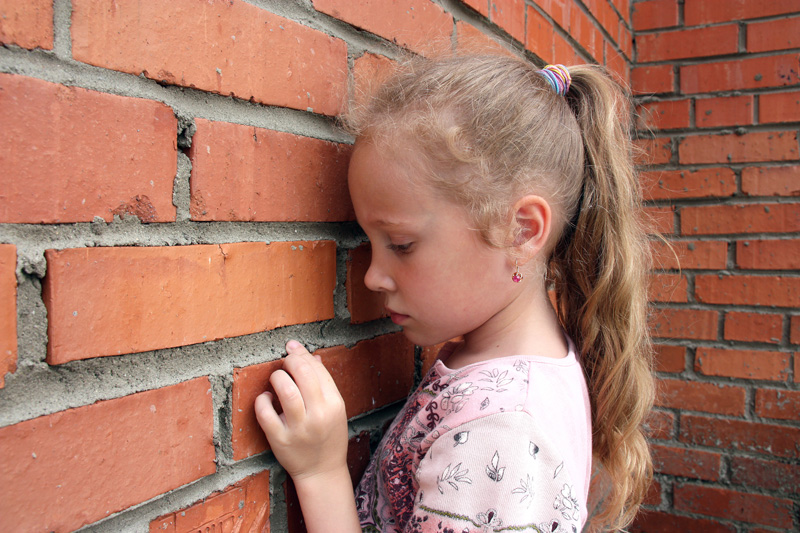It wouldn’t be unusual for you to hear a person say that they are feeling anxious. However, anxiety is actually not a feeling! I describe anxiety as a lid on unwanted or undesirable emotions. We have to feel our feelings AND we have to feel competent with handling them. Figuring out what we are feeling and then DOING something with those feelings is essential in reducing anxiety. All emotions need action. When we are sad, we need comfort. Perhaps we need to cry? When we are fearful, we need reassurance and a sense of safety. Ultimately, when we have a greater sense of control and competency over our feelings, then there is no need for the ‘lid’ of anxiety. We neurologically settle our brains and settle out entire systems when we let ourselves feel and believe we can do something with them.
This brings me to another ‘branch’ of anxiety: test anxiety. This is slightly different than just basic anxiety, but I believe it comes from the same place. See explanation above! Teaching a student breathing techniques, brain-settling strategies and positive self-talk… all absolutely help. However, if we ignore the core of where this test anxiety may be coming from, we are often just putting a band-aid on things and merely managing the symptoms.
Anxiety often comes from a place of fear. Fear of failure, fear of not being good enough, fear of letting someone down. Exploring the fear underneath the ‘lid’ of anxiety, reassuring and talking with your child with emotionally attuned dialogue (e.g., help me understand what’s going on for you, we’ll figure this out together, it’s ok to be imperfect, tell me more about your fears, I’m here to help you) will help your child feel understood, heard and seen. This will ultimately settle their systems, create a greater sense of competency and control over their emotional selves and thereby reduce anxiety.
We can’t selectively numb negative or unwanted emotions (wouldn’t that be nice!) If we try to, it will just manifest in unhealthy ways. So remember to explore the feelings under the ‘lid’ that presents itself as anxiety. It will help your child create a healthy brain pattern and build their confidence at the same time.





0 Comments